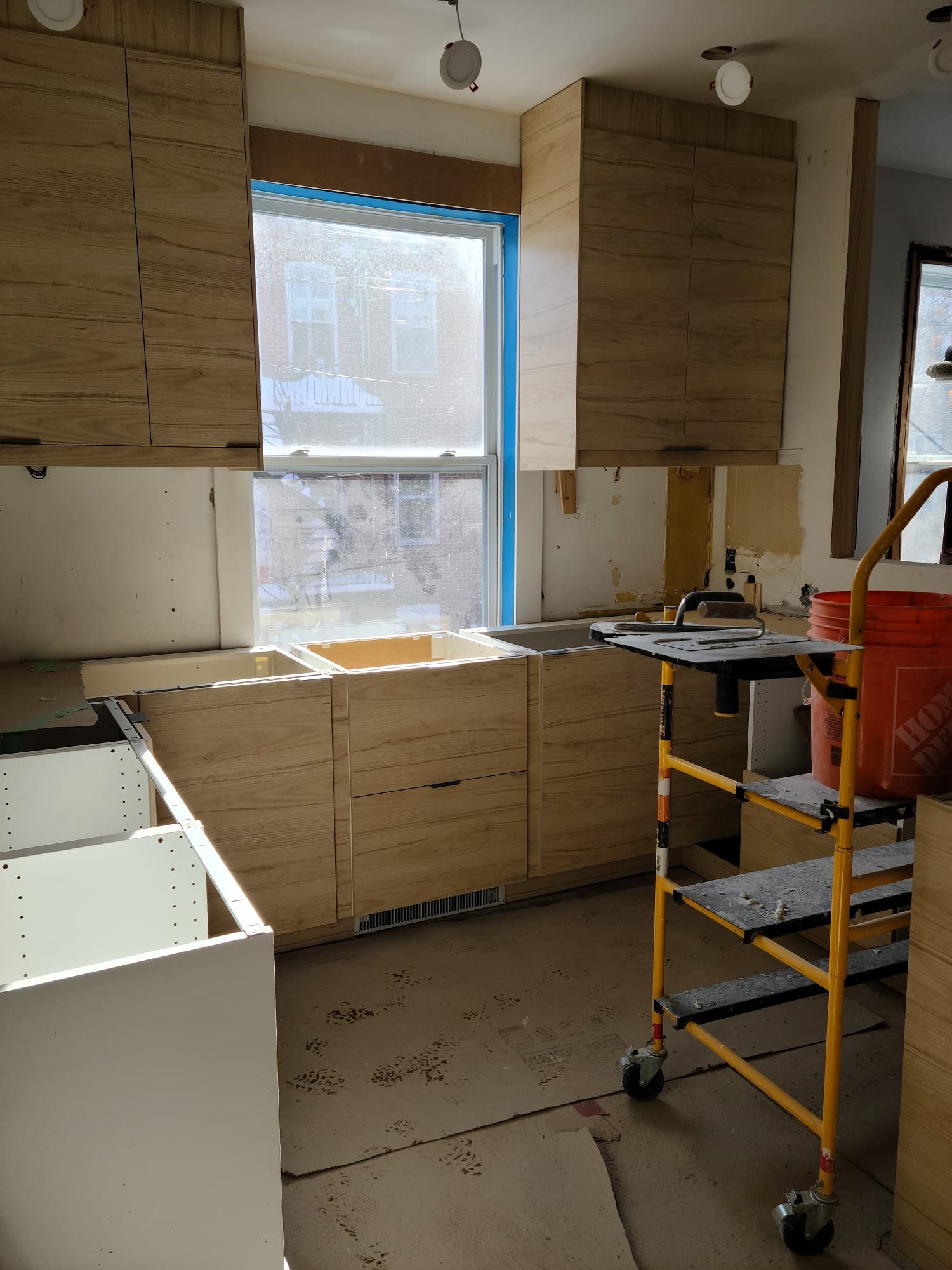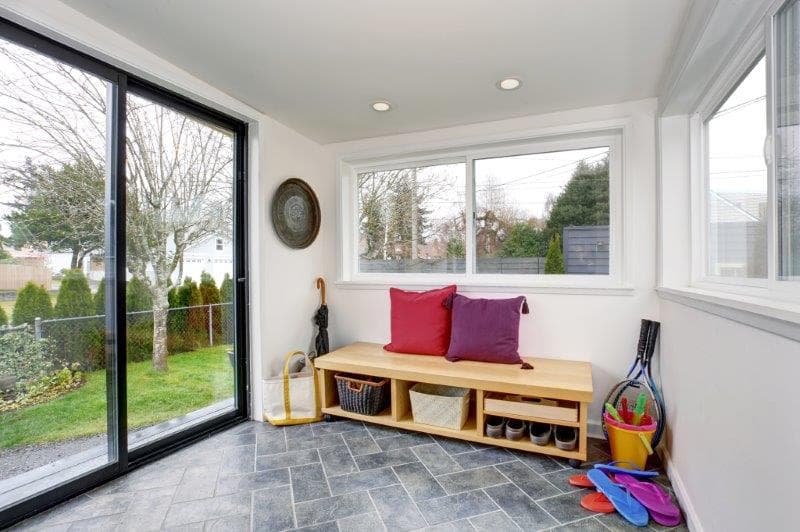Choosing Between Insulating a Roof from Inside or Outside
By Editorial Team
Updated on November 7, 2023

Thermally insulating your roof is absolutely necessary to prevent temperature variations. Since the roof makes up the largest enclosure that’s in direct contact with the outside, thermal losses can reach up to 30% in the event of poor insulation.
On top of increasing the dwelling’s energy consumption (heating and ventilation), a poorly insulated roof allows cold air during the winter to seep in, and warm air during summertime, which ultimately reduces the home’s durability. Furthermore, the occupant’s comfort will be greatly affected.
There are two options available when it comes to efficient roof insulation: insulating from inside or outside. Find out how to spot a poorly insulated roof as well as the subsidies available to help finance your roof renovation project.
Why Insulate Your Roof?

Photo: Pixabay
Firstly, let’s just mention that poor insulation can change a home’s ambient temperature by creating uneven temperatures from one room to the next. It’ll result in a considerable loss of comfort where occupants are concerned.
Secondly, note that a dwelling lacking insulation will require more air conditioning during summertime, and more heating during winter. Logically, and unfortunately, the consequence that’ll follow will inevitably be a higher heating bill, something you want to avoid at all costs.
Lastly, properly insulating your roof prevents disastrous effects such as water infiltration, as well as all problems related to increased humidity levels, like condensation and mould growth.
How to Recognize an Inefficient Roof Insulation

Photo: Canva
Roof insulation is often done via the attic and, as a matter of fact, there are numerous ways to determine insulation and waterproof issues such as thermography and the blower door test. However, acute observational skills can allow you to spot this type of problem on your own.
During wintertime, try to spot icicles on the edges of your roof. Don’t hesitate to check your neighbours’ roofs to find anomalies. Inside, check for humidity, frost or ice on nails, rafters, and decking. Similarly, note all types of condensation or mould growth around the ceiling.
During summertime, heat generated through the roof, or warm air drafts level with light fixtures can be synonymous with a non-watertight roof. In fact, increased energy consumption in terms of ventilation can also be a sign of inefficient roof insulation.
Financing a Poorly Insulated Roof Renovation
Roof insulation represents a really good investment allowing you to increase your overall comfort and reduce your energy consumption, as well as preserving your home’s structural integrity. Insulating a roof from the inside or outside will have a considerable price tag. The cost will ultimately depend on the roof type and materials used.
Want to learn more about the cost of insulation materials for roof renovations? Check out our article Prices, Materials, and Insulation Techniques in Quebec.
It so happens that the Government of Quebec highly encourages eco-friendly renovations aimed at energy savings. Therefore, the Rénoclimat program offers homeowners financial assistance to finance their renovation work.
Note: Prior to undertaking this type of work, you have to consult with a RénoClimat advisor to have your home's energy efficiency evaluated. After analyzing your roof, the advisor will have to determine whether the work is really necessary. Afterward, you’ll need to find a contractor to take on your insulation project.
The majority of Quebec homeowners who’ve participated in this program have received around $1,100 in financial assistance, on top of reducing their utility bill by 20%. The RénoClimat program, in partnership with the Greener Homes Grant, can also provide an additional tax credit.
Roof Insulation: Which Method to Choose?

Photo: Pixabay
Insulating From the Inside
The technique used to insulate your roof from the inside will depend on the state of your attic, whether it’s finished or not. For the former, insulation panels are installed directly under the formwork, more precisely beneath the rafters. If you’re using a mineral insulation material, you’ll need to install a vapour barrier underneath it to render the insulation material waterproof. As a finishing touch, wood, parging, or drywall—based on your preference—will be installed. Always plan for at least a 3 cm gap between the insulation and the roof to maintain adequate ventilation.
If the attic isn’t repurposed, simply adding a layer (or two) of insulation between the roof’s joists will do the trick. Should you opt to install mineral wool, note that you’ll need to have a 20-inch thick layer. You can also decide to install insulation on the attic floor. In such a case, it’ll be worthwhile to check whether the material is at least an inch thick and that your ventilation ducts are adequately insulated.
Advantages
Interesting price point (and cheaper than insulating from the outside);
Easy to install.
Drawbacks
Reduces the space available in the attic (slightly annoying if your attic is repurposed);
It’ll compromise the aesthetic aspect if the formwork’s exposed.
Insulating From the Outside

Photo: Canva
The technique used to insulate a roof from the outside consists of laying a coat of insulation between the roofing and the formwork. Usually, the recommended technique involves laying insulation on the joists. Note that this type of insulation is especially used for roof-top terraces, thus allowing the building to be more watertight.
Advantages
Allows preserving the structure’s aesthetic aspect;
Compared to insulating from the inside, the insulation is continuous, thereby limiting thermal bridges.
Drawbacks
Costs can be double that of insulating from the inside;
Harder to install compared to the first technique.
Get 3 renovation quotes for your roof insulation project
RenoQuotes.com will put you in contact with 3 reliable contractors for your roofing renovation project. Fill in the form on our homepage (it only takes a few minutes), and you will receive quotes from trusted professionals.
Dial 1-844 828-1588 to speak with one of our customer service representatives.
Looking for something else?
Related articles
The latest industry news, interviews, technologies, and resources.

Editorial Team
•20 Sep 2024
Installing a solar roof is a decision that's worth careful consideration. Quebec does have enough solar energy to render your installation financially worthwhile, provided that you take into account all costs involved:

Editorial Team
•17 Feb 2025
Kitchen cabinets can be the centrepiece of the space, and beautiful, well-designed ones will make a huge difference in both the layout and feel of the room. Custom kitchen cabinets are an excellent way to add a unique element to your home as well as increasing the resale value.

Amanda Harvey
•07 Nov 2023
Insects are part of life, as they play a vital role in maintaining the biodiversity of outdoor space. However, in a backyard, they can be harmful and cause inconveniences both big and small.

Editorial Team
•07 Nov 2023
With so many rooms in a home and plenty of decor choices to take care of, the entryway is one area that’s sure to be overlooked time and time again. It’s only natural to underestimate this space, but it’s important to remember that this is the first area of the home guests will encounter as well as the one which will greet you at the end of a long day.

Cynthia Pigeon
•23 Jul 2025
Roofs are often overlooked when it comes to the overall architecture of a building, at least that is until they become a problem. If the foundation anchors a house to the ground, then the roof binds it shut, protecting its occupants from the elements, and giving them a sense of security and belonging.